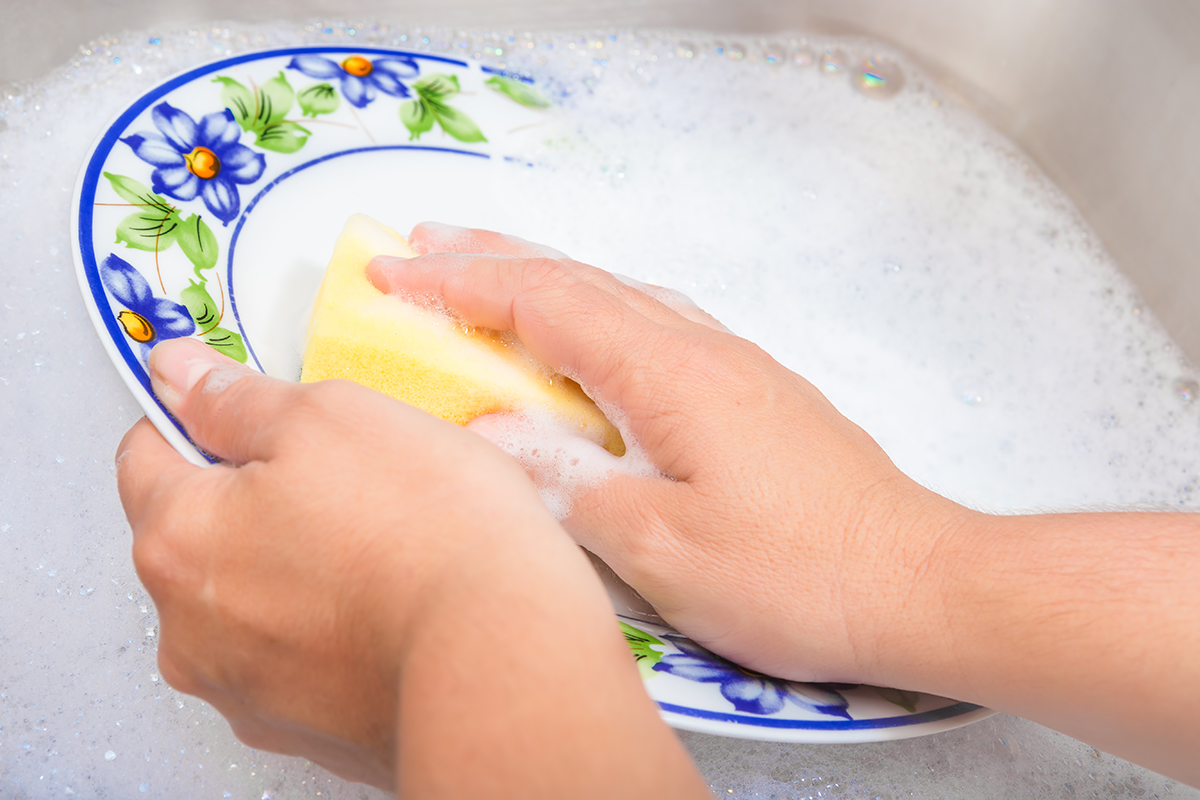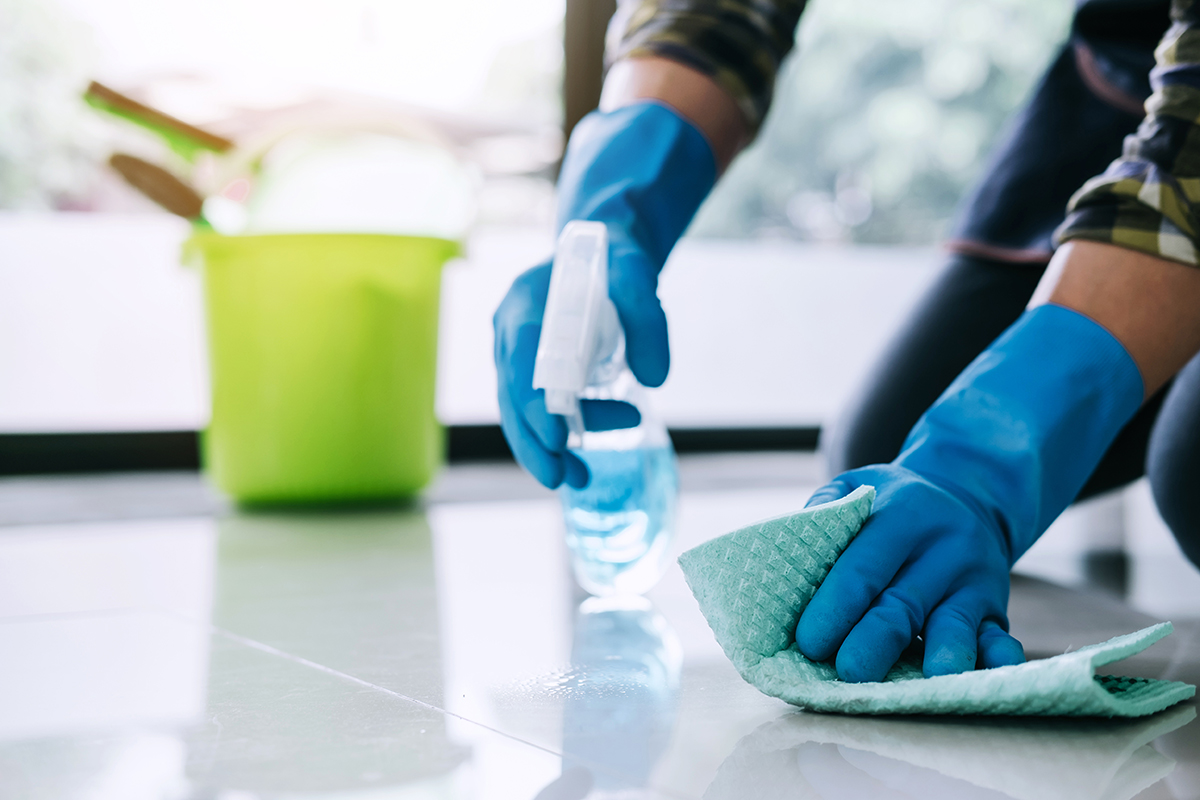 Mar
19
2016
Mar
19
2016
10 Houseplants You Can Keep In Your Home To Improve Air Quality
Did you know? Houseplants can actually help filter out air pollutants and make your home smell cleaner and fresher? What’s more, it helps in beautifying an otherwise dull looking home! Here are 10 houseplants that you can keep in your home to improve air quality for your family and pets.
1. Aloe
Scientific name: Aloe succotrina

Source
Aloe is the same plant that produces Aloe Vera gel, that purportedly helps heal burns and abrasions. It is easy to grow in your home and is especially useful when you have moved into your newly-renovated apartment or you have bought new furniture.
New furniture, for example, releases chemical compounds such as formaldehyde and benzene into the air. These compounds are also a byproduct of paints and chemical-based cleaners. The Aloe plant helps clean the air by neutralising the chemical compounds released.
The Aloe plant loves the sun so place it by the window at your home.
2. Spider Plant
Scientific name: Chlorophytum comosum
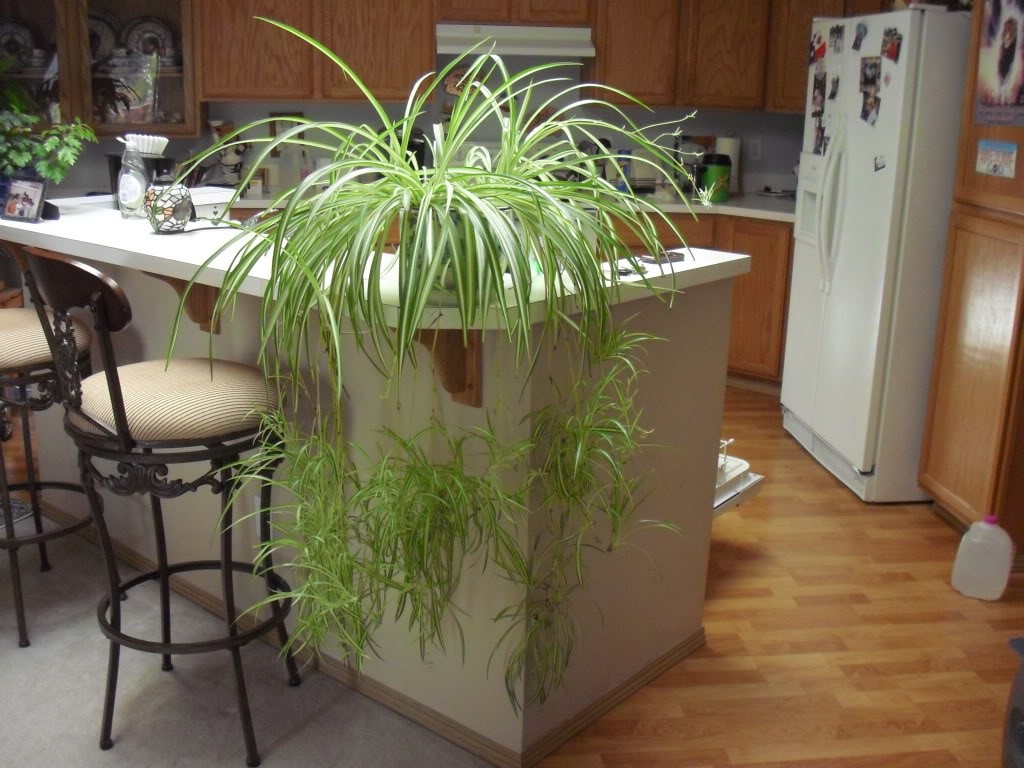
Source
Spider plants have rich foliage which also helps in eliminating or, at least, reducing formaldehyde, benzene, carbon monoxide and xylene. The latter is used as a solvent in the rubber, leather, and printing industries. Also, the spider plant is safe for pets!
Spider plants are easy to grow and will thrive in room temperatures. They prefer dry soil and indirect sunlight.
3. Gerbera Daisy
Scientific name: Gerbera jamesonii

Source
Gerbera Daisies is effective in removing trichloroethylene, a chemical that can be found in your laundry after washing. As such, this plant is best placed in your laundry room, provided that there is a lot of sunlight – at least six hours of direct sunlight every day. You also need a well-drained soil to grow Gerbera daisies.
4. Snake plant
Scientific name: Sansevieria trifasciata ‘Laurentii’
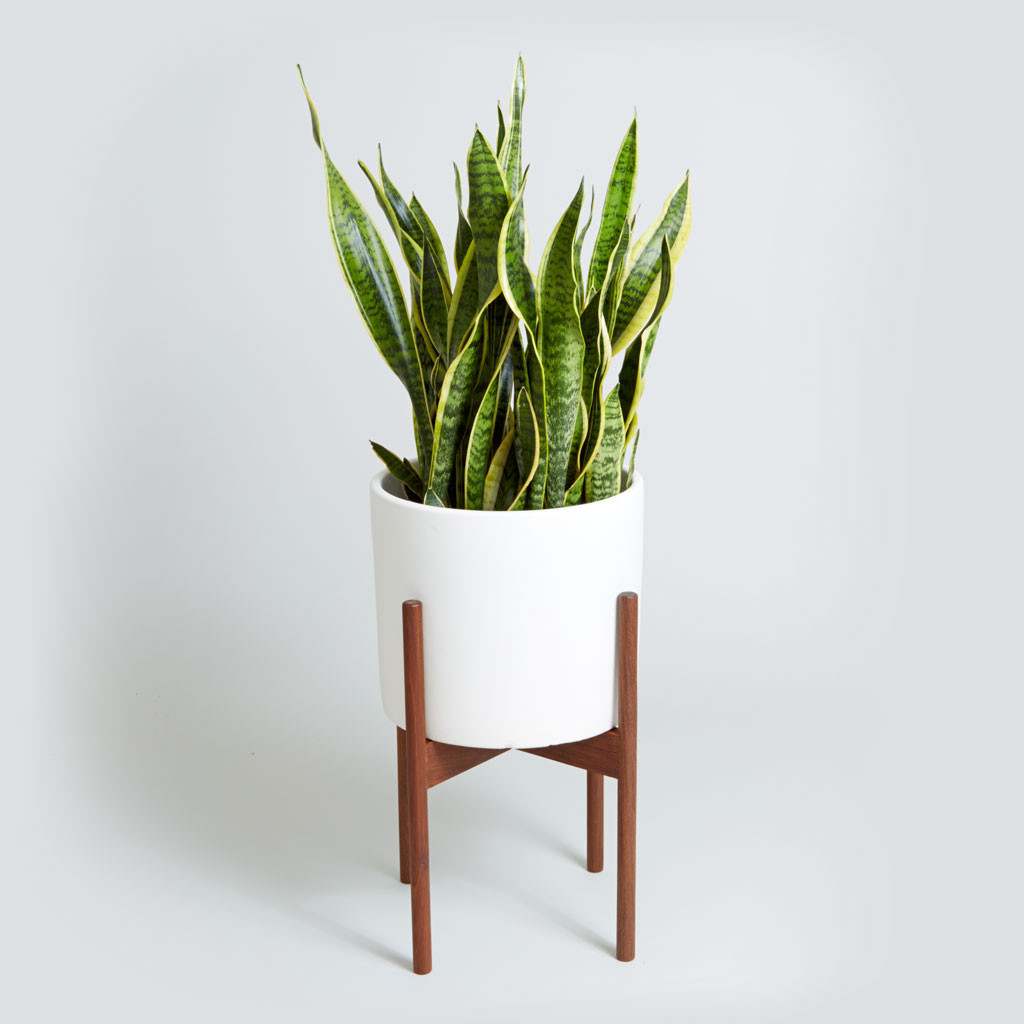
Source
They call this the ‘mother-in-law’s tongue’; a plant that is good at reducing formaldehyde and filtering out air pollutants. It is easy to maintain as it requires low light and steamy, humid conditions. A perfect place would be to place the Snake plant in your bathroom.
Snake plant also absorbs carbon dioxide and release oxygen at night. Put them in your bedroom too for a nice, oxygen-boosted sleep.
5. Golden Pothos a.k.a Devil’s Ivy
Scientific name: Scindapsus aures
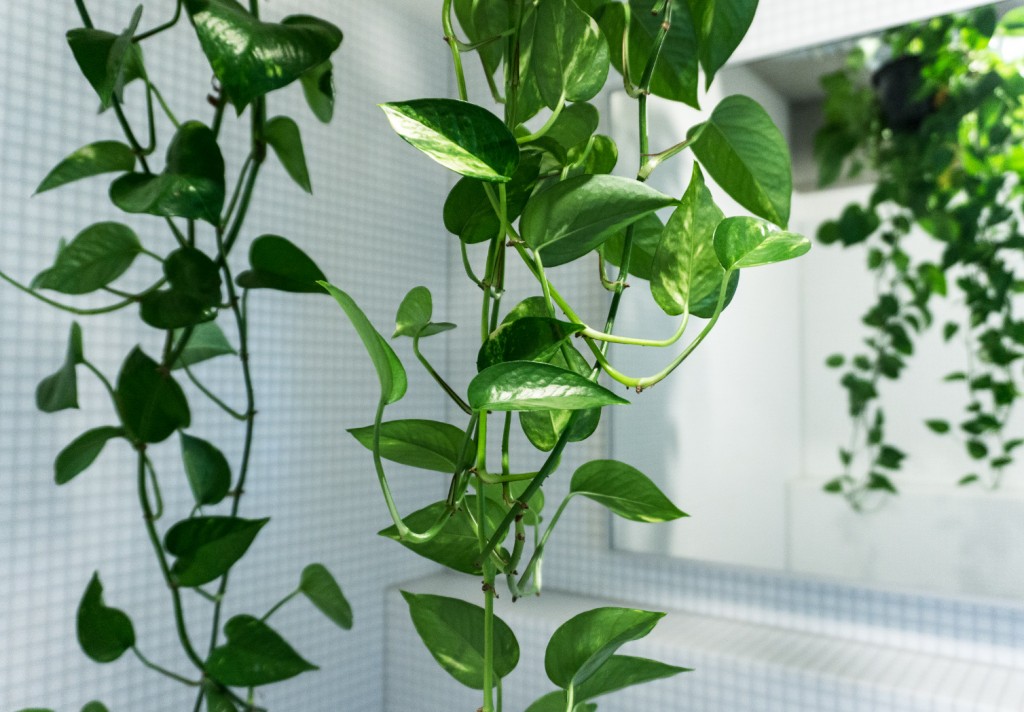
Source
Golden Pothos is also another plant that is effective in eliminating formaldehyde. It’s fast-growing and makes for a nice decorative decoration to your home.
Golden pothos plants need bright, indirect light and moderate watering. To note, however, this plant is not child or pet-friendly!
6. Chrysanthemum
Scientific name: Chrysantheium morifolium

Source
Chrysanthemums are colorful and could be used to lighten up the mood of you home with its bright tone. When the flower of a mum bloom, it helps to filter out benzene.
Chrysanthemums love the bright light and are recommended to be placed near an open window with direct sunlight.
7. Red-edged Dracaena
Scientific name: Dracaena marginata

Red-edged Dracaena grows slowly but it can grow as high as your ceiling. It is best at removing trichloroethylene, xylene, and formaldehyde, an effective plant against air pollutants released by lacquers and varnishes.
8. Azalea
Scientific name: Rhododendron simsii

Source
The Azalea plant helps combat formaldehyde that comes from foam insulation or plywood. They thrive in cool areas with a good dose of bright sunlight. If you are constantly switching on the air-conditioner, the dry air can be mitigated by misting the plant to create a comfortable, humid environment.
9. English ivy
Scientific name: Hedera Helix
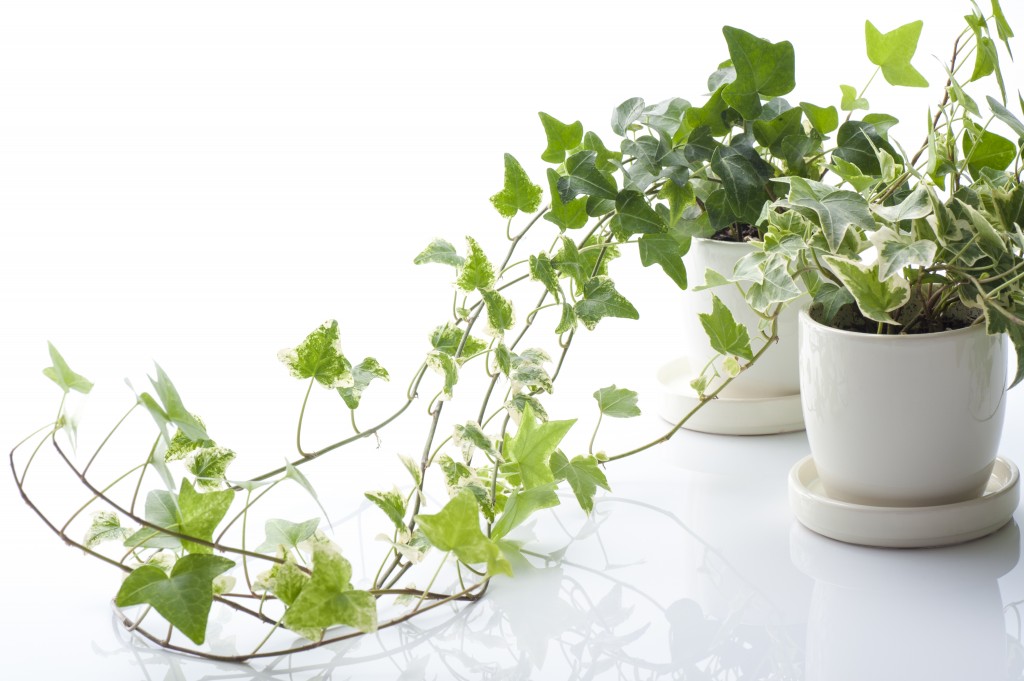
Source
English Ivy is perfect for the bathrooms as studies have shown that this plant can reduce airborne fecal-matter particles. The plant grows best in moist soil with at least four hours of direct sunlight each day.
10. Peace lily
Scientific name: Spathiphyllum

Source
Peace lily plant is very easy to maintenance, requiring only shade and weekly watering. It’s one of the top plants used by NASA to remove formaldehyde, trichloroethylene, and benzene. It is also effective in combating xylene and toluene, the latter which is commonly found in paint thinners.

